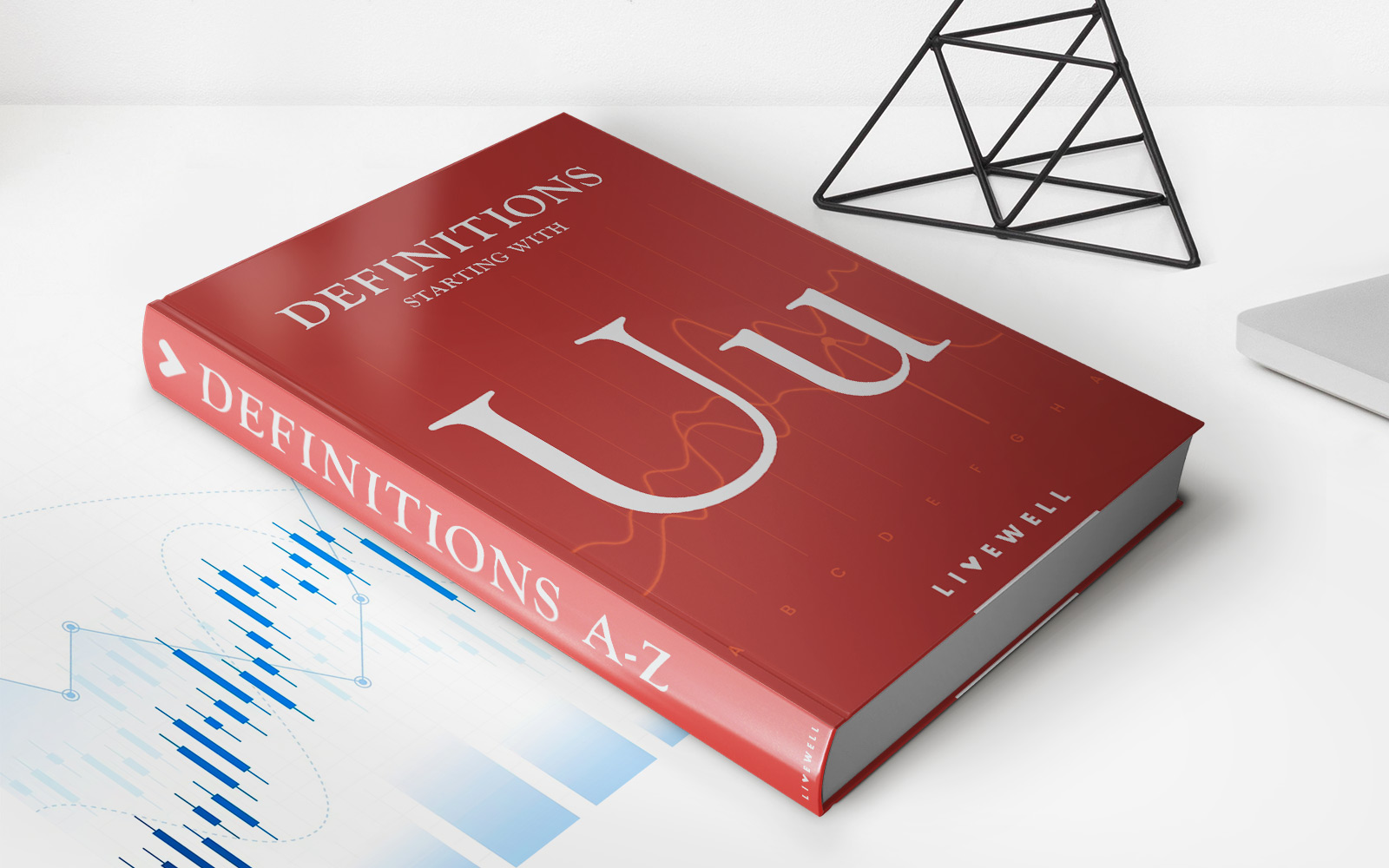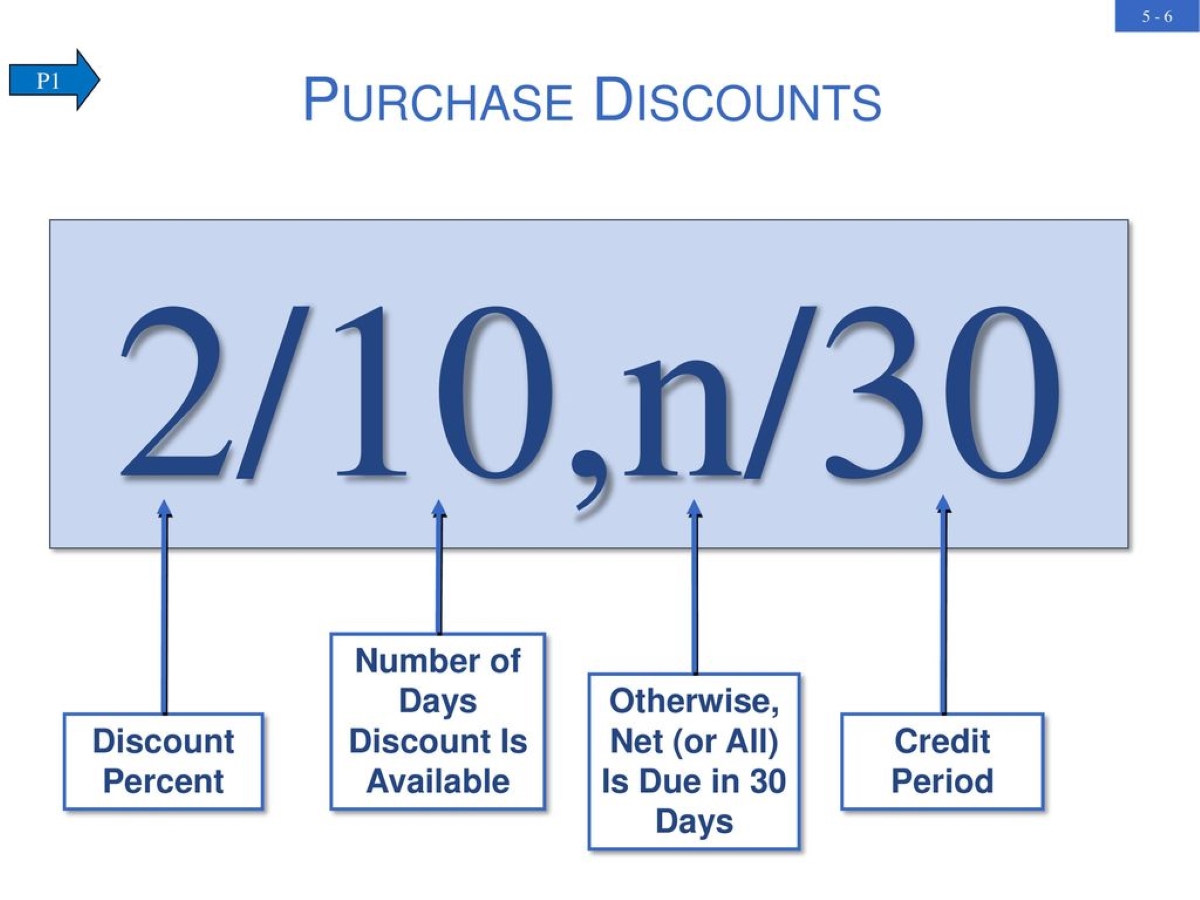

Finance
What Is Unsecured Bonds
Modified: February 21, 2024
Learn about unsecured bonds in finance and how they differ from secured bonds. Understand the risks and benefits of investing in this type of bond.
(Many of the links in this article redirect to a specific reviewed product. Your purchase of these products through affiliate links helps to generate commission for LiveWell, at no extra cost. Learn more)
Table of Contents
Introduction
When it comes to investing, bonds are a popular choice for many individuals and institutions. They offer a way to generate fixed income while typically carrying less risk than other investment options. One type of bond that investors may come across is unsecured bonds. In this article, we will delve into the world of unsecured bonds, exploring what they are, their characteristics, advantages, and risks associated with them.
Unsecured bonds, also known as debentures, are debt instruments issued by companies or governments to raise capital. Unlike secured bonds, which are backed by specific assets, unsecured bonds do not have any collateral providing security to the bondholder. Instead, they are backed only by the creditworthiness and financial strength of the issuer.
Unsecured bonds are typically offered to investors with a fixed interest rate and a specific maturity date. The interest rate, also known as the coupon rate, is the percentage that the issuer agrees to pay the bondholder annually as interest. The maturity date is the point at which the bond reaches its full term, and the principal amount is repaid to the bondholder.
Investing in unsecured bonds can be an attractive option for investors seeking a steady stream of income. The interest payments made by the issuer help provide a predictable cash flow, making them particularly appealing for income-focused investors or those looking for fixed-income alternatives to stocks.
Stay tuned as we dive deeper into the characteristics, advantages, and risks associated with unsecured bonds. By the end of this article, you’ll have a clear understanding of this type of investment and be equipped with the knowledge to make informed decisions in your investment portfolio.
Definition of Unsecured Bonds
Unsecured bonds, also known as debentures, are a type of debt instrument issued by companies or governments to raise capital. Unlike secured bonds, which are backed by specific assets, unsecured bonds do not have any collateral providing security to the bondholder. This means that if the issuer defaults on the bond payments or goes bankrupt, the bondholder has a lower priority claim on the assets of the issuer compared to secured bondholders.
Unsecured bonds are typically considered riskier investments compared to secured bonds, as there is no underlying asset securing the bondholder’s investment. Instead, the bondholder relies solely on the creditworthiness and financial strength of the issuer. This means that the ability of the issuer to make interest payments and repay the principal amount is crucial in determining the value and risk associated with unsecured bonds.
One important distinction to note is that unsecured bonds are different from subordinated bonds. Subordinated bonds are a type of unsecured bond that rank lower in priority in terms of repayment in the event of default or bankruptcy. This means that if the issuer defaults, subordinated bondholders will receive their payments only after other higher-ranking creditors are repaid.
The terms of unsecured bonds are typically outlined in the bond indenture, an agreement between the issuer and the bondholder that specifies the terms and conditions of the bond. This includes details such as the coupon rate, maturity date, and any other provisions or covenants associated with the bond.
Unsecured bonds are commonly issued in the form of fixed-rate bonds, where the issuer pays a predetermined fixed rate of interest to the bondholder at regular intervals until the bond reaches its maturity date. However, it is also possible to have floating-rate unsecured bonds, where the interest rate is linked to an underlying benchmark, such as the London Interbank Offered Rate (LIBOR), and varies over time.
Overall, unsecured bonds offer investors the opportunity to invest in fixed-income securities without collateral backing. While they may carry higher risk compared to secured bonds, they can still be an attractive option for investors looking for income-generating investments and who are willing to bear the associated risk.
Characteristics of Unsecured Bonds
Unsecured bonds have distinct characteristics that set them apart from other types of bonds. Understanding these characteristics is essential for investors considering investing in unsecured bonds. Let’s explore some of the key features:
- No Collateral: Unlike secured bonds, unsecured bonds do not have any specific collateral backing. This means that bondholders do not have a claim to any specific assets of the issuer in case of default or bankruptcy.
- Creditworthiness: The creditworthiness of the issuer plays a vital role in determining the value and risk associated with unsecured bonds. Investors rely on the financial strength and ability of the issuer to make interest payments and repay the principal amount.
- Fixed Interest Rate: Unsecured bonds typically have a fixed interest rate, also known as the coupon rate. This means that the issuer agrees to pay a predetermined interest rate to the bondholder at regular intervals until the bond matures.
- Maturity Date: Unsecured bonds have a specific maturity date, which is the date on which the bond reaches its full term and the issuer repays the principal amount to the bondholder.
- Interest Payments: Bondholders receive regular interest payments from the issuer, usually on a quarterly or semi-annual basis, depending on the terms of the bond. The interest payments are typically fixed and predictable throughout the life of the bond.
- Liquid Market: Unsecured bonds are often traded in the secondary market, providing investors with liquidity. This means that investors have the option to buy or sell their bonds before the maturity date, allowing them to exit their investment or adjust their portfolio.
These characteristics make unsecured bonds an attractive investment option for investors looking for fixed income. Despite the absence of collateral, the predictable interest payments and potential capital appreciation can make them a viable choice for investors seeking steady returns.
However, it’s important for investors to carefully evaluate the creditworthiness of the issuer before investing in unsecured bonds. Issuers with lower credit ratings may carry higher default risk, potentially leading to loss of income or even capital.
Overall, the characteristics of unsecured bonds highlight the importance of thorough research and due diligence. By understanding these features, investors can make informed decisions and evaluate the risk-reward trade-offs associated with investing in unsecured bonds.
Advantages of Unsecured Bonds
Unsecured bonds offer several advantages that make them appealing to investors. Let’s explore some of these advantages:
- Potential for Higher Returns: Compared to secured bonds, unsecured bonds often offer higher interest rates due to the increased level of risk. This can translate into potentially higher returns for investors seeking income-generating investments.
- Diversification: Investing in unsecured bonds provides an opportunity to diversify a portfolio. By including different types of bonds, such as government bonds, corporate bonds, and unsecured bonds, investors can spread their risk and reduce their exposure to any single investment.
- Flexibility: Unsecured bonds are often traded in the secondary market, providing investors with the flexibility to buy or sell their bonds before the maturity date. This liquidity allows investors to adjust their investment strategy, take advantage of market conditions, or exit their investment if needed.
- Predictable Income: Unsecured bonds offer predictable income in the form of fixed interest payments. This can be attractive to investors who rely on regular income streams or those looking to offset volatility in other investments, such as stocks.
- Lower Barrier to Entry: Unsecured bonds can be more accessible to individual investors compared to other types of investments. They often have relatively lower minimum investment requirements, allowing individuals to participate in the bond market with a smaller initial investment.
These advantages make unsecured bonds an attractive option for investors looking to diversify their portfolio, generate income, and have flexibility in their investment strategy. However, it’s critical for investors to carefully assess the creditworthiness of the issuer and consider the associated risks before investing in unsecured bonds.
Furthermore, it’s important to note that the advantages of unsecured bonds can vary depending on market conditions, interest rates, and the financial health of the issuer. Therefore, investors should stay informed and regularly review their investment holdings to ensure they align with their financial goals and risk tolerance.
Risks Associated with Unsecured Bonds
While unsecured bonds offer potential advantages, investors should also be aware of the risks involved. Understanding these risks is crucial for making informed investment decisions. Here are some of the risks associated with unsecured bonds:
- Default Risk: Unsecured bonds carry a higher level of default risk compared to secured bonds. If the issuer becomes financially distressed or declares bankruptcy, there is a possibility that they may not be able to meet their interest payment obligations or repay the principal amount, resulting in a loss for bondholders.
- Interest Rate Risk: Unsecured bonds are subject to interest rate risk. If prevailing market interest rates rise, the fixed interest payments provided by the issuer may become less attractive compared to other investment opportunities. This can lead to a decrease in the market value of the bond.
- Market Risk: Like all investments, unsecured bonds are subject to market risk. Fluctuations in the overall market conditions, economic factors, and investor sentiment can affect the market value of the bonds, potentially resulting in capital losses or gains.
- Credit Risk: Unsecured bonds are sensitive to the creditworthiness of the issuer. If the issuer’s credit rating deteriorates or their financial health weakens, the risk of default increases. Investors should assess the creditworthiness of the issuer before investing and keep a close eye on any changes in their credit profile.
- Liquidity Risk: Although unsecured bonds can be traded in the secondary market, there is always a level of liquidity risk associated with these investments. If there is a lack of buyers or market participants, it may be challenging to sell the bonds at the desired price, potentially resulting in a loss for investors who need to liquidate their holdings quickly.
It’s important for investors to carefully consider these risks and evaluate their risk tolerance before investing in unsecured bonds. Conducting thorough research on the issuer, monitoring market conditions, and diversifying across different bond issuers can help mitigate some of these risks.
Additionally, investors may also consider seeking advice from financial professionals or consulting credit rating agencies to gain insights into the creditworthiness and risk profile of potential bond investments.
By understanding and managing the risks associated with unsecured bonds, investors can make informed decisions that align with their investment objectives and risk tolerance.
Comparison with Secured Bonds
When considering bond investments, it’s important to understand the difference between unsecured bonds and secured bonds. Here, we will compare the key characteristics of both types of bonds to help investors make informed decisions.
Collateral: One of the main differences between unsecured bonds and secured bonds is the presence of collateral. Secured bonds are backed by specific assets, such as real estate, equipment, or inventory, which serve as collateral for the bondholder. In contrast, unsecured bonds do not have any specific collateral backing.
Risk: Due to the absence of collateral, unsecured bonds carry a higher level of risk compared to secured bonds. If the issuer of unsecured bonds defaults on their payments or declares bankruptcy, the bondholder has a lower priority claim on the issuer’s assets compared to secured bondholders. On the other hand, secured bonds provide a higher level of security to bondholders, as their investment is backed by tangible assets.
Interest Rates: In general, unsecured bonds tend to offer higher interest rates compared to secured bonds. This higher interest rate compensates investors for the increased risk associated with unsecured bonds. Secured bonds, on the other hand, carry lower interest rates due to their lower level of risk.
Term: Both unsecured and secured bonds have specific maturity dates. The term of the bond refers to the duration until the bond reaches its maturity date. Typically, both types of bonds offer various term options to investors, ranging from short-term to long-term maturities.
Marketability: Unsecured bonds are often more liquid and easier to trade in the secondary market compared to secured bonds. This is because unsecured bonds are generally issued by larger and more well-known entities, making them more attractive to a broader range of investors. However, the marketability of both types of bonds can vary depending on factors such as the credit rating of the issuer and prevailing market conditions.
Creditworthiness: Assessing the creditworthiness of the issuer is crucial for both unsecured and secured bonds. Investors need to evaluate the financial health, credit ratings, and ability of the issuer to make interest payments and repay the principal amount. This assessment helps investors gauge the level of risk and potential return associated with the bonds.
In summary, the key distinction between unsecured bonds and secured bonds lies in the presence of collateral and the associated risk. Unsecured bonds offer higher potential returns but carry higher default risk, whereas secured bonds provide a level of security through collateral but may offer lower interest rates. An investor’s risk tolerance, desired return, and creditworthiness evaluation of the issuer will influence their decision between unsecured and secured bonds.
Examples of Unsecured Bonds
Unsecured bonds are issued by a wide range of entities, including corporations, governments, and municipalities. Let’s explore some examples of unsecured bonds:
- Corporate Bonds: Many corporations issue unsecured bonds to raise capital for various purposes, such as expanding operations, funding new projects, or refinancing existing debt. These bonds are typically backed by the corporation’s creditworthiness, and investors rely on the company’s ability to make interest payments and repay the principal amount. Companies from diverse industries, including technology, finance, consumer goods, and energy, issue unsecured corporate bonds to attract investors seeking fixed-income securities.
- Sovereign Bonds: Governments issue unsecured bonds, known as sovereign bonds or government bonds, to finance government spending and manage budget deficits. These bonds are backed by the full faith and credit of the government issuing them. Sovereign bonds from countries such as the United States, Germany, Japan, and the United Kingdom are considered relatively safe investments due to the stability and creditworthiness of these governments. Investors in sovereign bonds receive interest payments and the return of the principal amount directly from the government.
- Municipal Bonds: Municipalities, cities, and states also issue unsecured bonds to raise funds for public infrastructure projects, schools, hospitals, and other municipal initiatives. These bonds, known as municipal bonds or “munis,” rely on the creditworthiness of the municipal government. Investors are attracted to municipal bonds due to their potential tax advantages, as interest income from certain municipal bonds may be exempt from federal income taxes and in some cases, state and local taxes as well.
- Convertible Bonds: Convertible bonds are a unique type of unsecured bond that provides the bondholder with the option to convert the bond into a predetermined number of common shares of the issuing company. These bonds typically offer a lower coupon rate compared to traditional unsecured bonds. Convertible bonds combine both debt and equity characteristics, offering potential upside if the issuing company’s stock price significantly appreciates over time.
These examples showcase the variety of unsecured bonds available to investors. It’s important to note that each bond carries its own risk profile and potential return, and thorough research and analysis are necessary to evaluate their suitability for an investment portfolio.
Investors interested in unsecured bonds can explore various financial platforms, consult with financial advisors, or conduct independent research to find appropriate offerings that align with their investment goals and risk tolerance.
Conclusion
Unsecured bonds, also known as debentures, are a popular investment option for individuals and institutions seeking fixed-income securities. While they carry higher risk compared to secured bonds, unsecured bonds offer several advantages that may make them appealing to investors.
Throughout this article, we explored the definition of unsecured bonds and their key characteristics. We discussed how unsecured bonds lack collateral, rely on the creditworthiness of the issuer, and provide fixed interest payments and a maturity date. Additionally, we highlighted the advantages of unsecured bonds, such as the potential for higher returns, diversification opportunities, flexibility in trading, predictable income, and accessibility for individual investors.
However, it’s crucial to acknowledge the risks associated with unsecured bonds. Default risk, interest rate risk, market risk, credit risk, and liquidity risk should be carefully evaluated before making investment decisions. Understanding these risks is essential for managing and mitigating potential losses.
In comparison to secured bonds, unsecured bonds differ in terms of collateral, risk, interest rates, marketability, and creditworthiness. Evaluating the risk-return trade-offs and considering personal investment objectives and risk tolerance can help determine which type of bond aligns best with one’s investment strategy.
Lastly, we discussed examples of unsecured bonds, including corporate bonds, sovereign bonds, municipal bonds, and convertible bonds. These examples demonstrated the diverse range of issuers and bond types available in the market.
In conclusion, unsecured bonds can be attractive investment options for investors seeking fixed-income securities. While they carry higher risk, the potential for higher returns, diversification opportunities, and predictable income can make them a valuable addition to an investment portfolio. However, it’s important to conduct thorough research, assess the creditworthiness of the issuer, and carefully consider the associated risks before investing in unsecured bonds. By doing so, investors can make informed decisions that align with their financial goals and risk tolerance.














